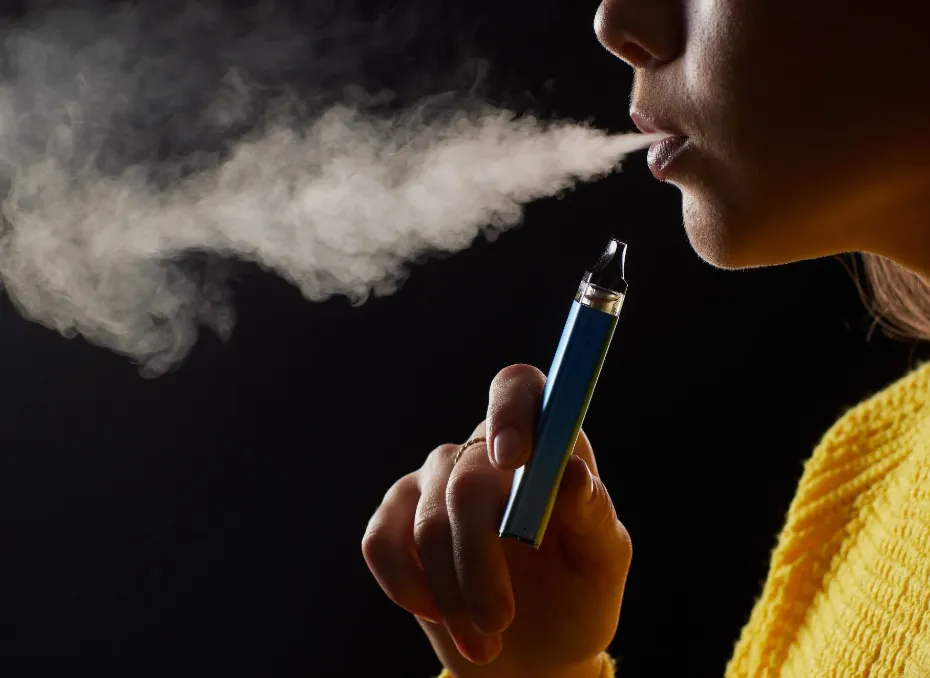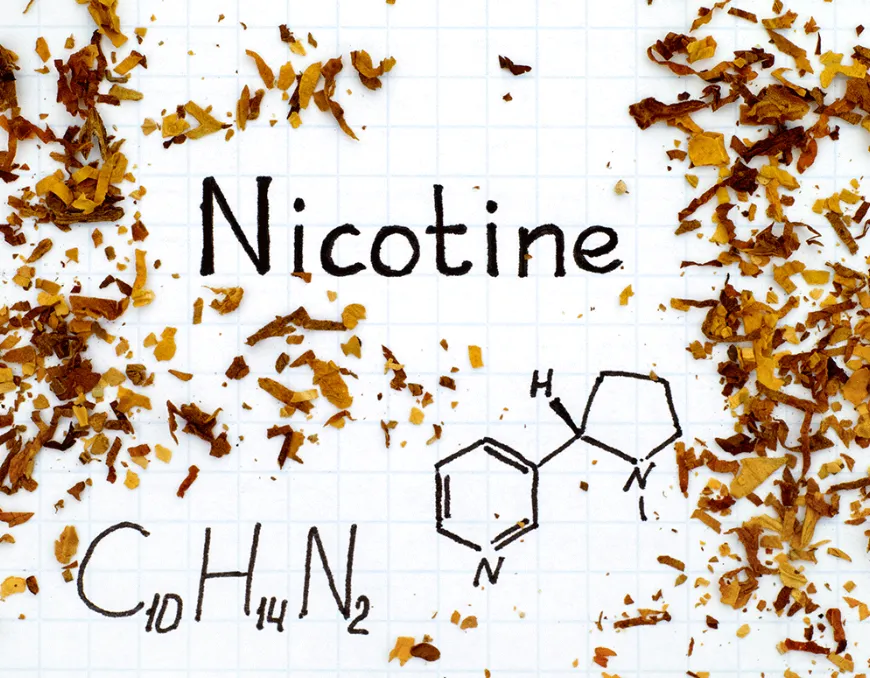
Vaping has become a popular alternative to smoking, but many people still wonder: what’s in a vape? Understanding the components of an e-cigarette and its e-liquid can help you make an informed decision about whether or not to use them. In this article, we’ll explore the common ingredients found in e-cigarettes, the potential health risks, and what you should know about buying vaping products.
What’s Inside an E-Cigarette?
At the most basic level, an e-cigarette or vape consists of a few key components: the battery, a heating element (often referred to as an atomizer), a sensor, and a reservoir that holds the e-liquid (commonly known as vape juice). While these components are found in almost every e-cigarette, the ingredients in the vape juice can vary, but there are some common substances that make up the majority of e-liquids.
1. Nicotine
Nicotine is the most well-known and potentially addictive ingredient in many e-liquids. It’s usually extracted from tobacco leaves and is responsible for the “hit” that many vapers seek. Even nicotine-free vapes may contain trace amounts of nicotine, so it’s essential to be aware of this, especially if you’re trying to avoid it.
2. Propylene Glycol (PG)
Propylene Glycol (PG) is a synthetic liquid that’s commonly used in e-liquids to produce the vapor you inhale. It’s also found in products like food, cosmetics, and medications. In vaping, PG acts as a carrier for flavors and nicotine, helping them to dissolve and mix. It’s known for its ability to create a throat hit similar to smoking traditional tobacco.
3. Vegetable Glycerin (VG)
Vegetable Glycerin (VG) is another key ingredient found in most e-liquids. VG is a thicker, sweeter liquid that helps create large vapor clouds. Unlike PG, VG is smoother and less harsh on the throat, which is why it’s favored by many vapers who prefer a gentler experience.
4. Flavorings
E-liquids often contain various flavoring agents to enhance the vaping experience. These flavors can range from fruity to minty to tobacco-flavored, with manufacturers creating an endless variety of options. While these flavors may sound harmless, some chemicals used in flavoring agents can pose health risks. For example, certain compounds like benzaldehyde (used in cherry flavors) can trigger respiratory issues when inhaled in high doses.
5. Other Chemicals
While the main ingredients are PG, VG, nicotine, and flavorings, there may be additional chemicals present in e-liquids. These may include stabilizers, solvents, and other substances that help maintain the consistency and taste of the vape juice. However, it’s important to note that some of these chemicals, like formaldehyde or acetaldehyde, can be harmful when heated and inhaled.
What Are the Health Risks of Vaping?

Although many vapers believe that e-cigarettes are a safer alternative to smoking, research has shown that they are not without risks. The aerosol produced by vapes can contain harmful chemicals, including nicotine, formaldehyde, and acetaldehyde, all of which can have serious health implications.
1. Nicotine Addiction
Nicotine is highly addictive and can lead to dependence. While vaping is often marketed as a smoking cessation tool, it’s essential to be aware that it can still lead to nicotine addiction. Some studies have shown that vaping may actually increase the likelihood of smoking traditional cigarettes, particularly among young people.
2. Respiratory Problems
Some flavoring agents, such as those used in fruity or minty e-liquids, can cause respiratory problems when inhaled in large quantities. For example, certain compounds like synthetic menthol have been banned in the U.S. due to their potential carcinogenic effects. Others, such as diacetyl, which has been linked to popcorn lung, a serious respiratory disease, have also raised concerns in the vaping community.
3. Long-Term Health Effects
The long-term health effects of vaping are still being studied, but early research suggests that continuous exposure to the chemicals in e-cigarette vapor could lead to cardiovascular issues, lung damage, and other health problems.
Is Vaping Safer Than Smoking?
While vaping is likely less harmful than smoking traditional cigarettes due to the absence of tar and many other harmful chemicals in combustible tobacco, it is by no means risk-free. The key to reducing harm is to be aware of what’s in your vape and to make informed decisions.
Where to Buy Safe, High-Quality Vaping Products
If you’re looking to purchase vaping products, it’s crucial to buy from a trusted source that ensures the quality and safety of their products. Kloudyx is a reliable and authorized e-cigarette store that ships to all 50 states in the U.S. with fast 2–5 day delivery. They guarantee the authenticity of their products, ensuring that customers get only the best. Furthermore, they prioritize customer privacy, offering discreet shipping options.
Conclusion
Now that you know what’s in a vape, it’s important to understand both the benefits and risks associated with e-cigarettes. Whether you’re considering vaping as a smoking alternative or just curious about its contents, knowledge is power. Always be cautious, choose reputable sellers like Kloudyx, and keep an eye on new research about the long-term effects of vaping.
Remember, the decision to vape should be made with full awareness of the potential risks involved, and it’s always wise to consult with a healthcare professional if you have any concerns.

